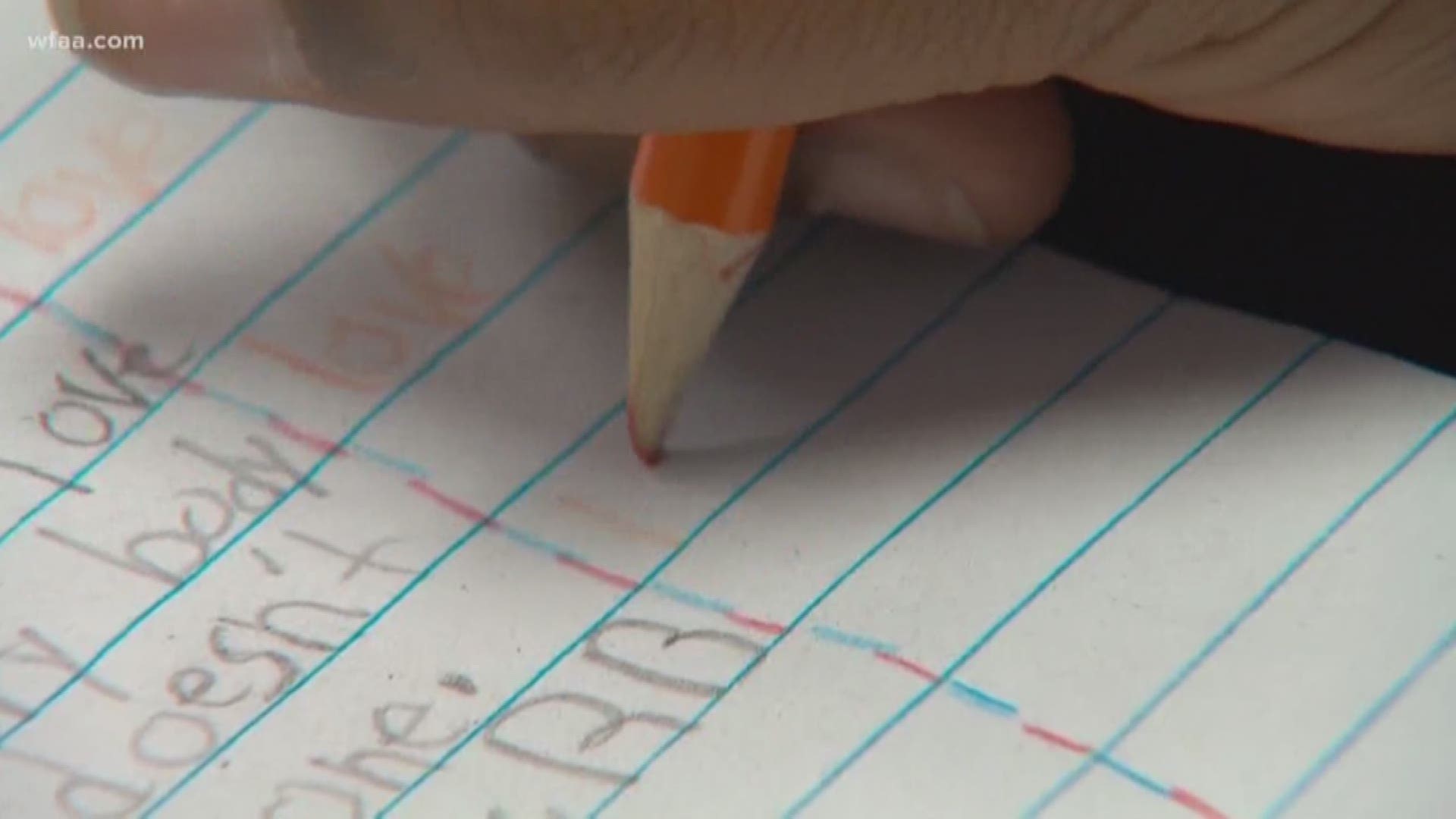School districts in North Texas are voicing out their concerns of a newly developed grading system expected to be released next week before the upcoming school year.
Some educators have expressed the limitations of the state's accountability ratings. The school districts will receive a rating of A, B, C, D, or F for overall performance instead of last year's ratings of "standard met" or "improvement needed."
In an open letter posted Wednesday, Superintendent Dr. Robin Ryan of Grapevine-Colleyville ISD released a statement on the upcoming results. "I am all for accountability, but it needs to be based on more than just a snapshot of how our students perform on one day," she wrote.
Here's an overview of the methodology behind the new rating system and what each grade means, per the Texas Education Agency website.
A – Exemplary performance
B – Recognized performance
C – Acceptable performance
D – In need of improvement
F – Unacceptable performance
The A-F ratings are based on three factors, or "domains," according to the TEA. "Student achievement" and "school progress" combine for 70 percent of the rating, while "closing the gaps" makes up 30 percent.
• Student achievement: For elementary and middle schools, 100 percent of the student achievement section is determined from STAAR testing, the annual State of Texas Assessments of Academic Readiness tests. For high schools and overall district ratings, the student achievement section is determined from three areas: STAAR testing (40 percent); College, Career, and Military Readiness (40 percent); and Graduation Rate (20 percent).
• School progress: This section is divided into two evaluations – academic growth and relative performance. Academic growth measures how students improve from year to year, while relative performance measures a school's or district's academic performance relative to other districts with similar economically disadvantaged percentages.
• Closing the gaps (30%): This section factors in academic achievement and graduation rates but also factors in "differentials among racial/ethnic groups, socioeconomic backgrounds and other factors," evaluating the performance of economically disadvantaged students, students receiving special education services, English learners and other student groups, according to the TEA methodology.
Dr. Ryan said the grading system doesn't display a holistic picture of the school district's success.
"The State’s A-F system tells a story, but it is an incomplete and limited one because almost everything that happens at school is not captured in a letter grade determined by a standardized test."

